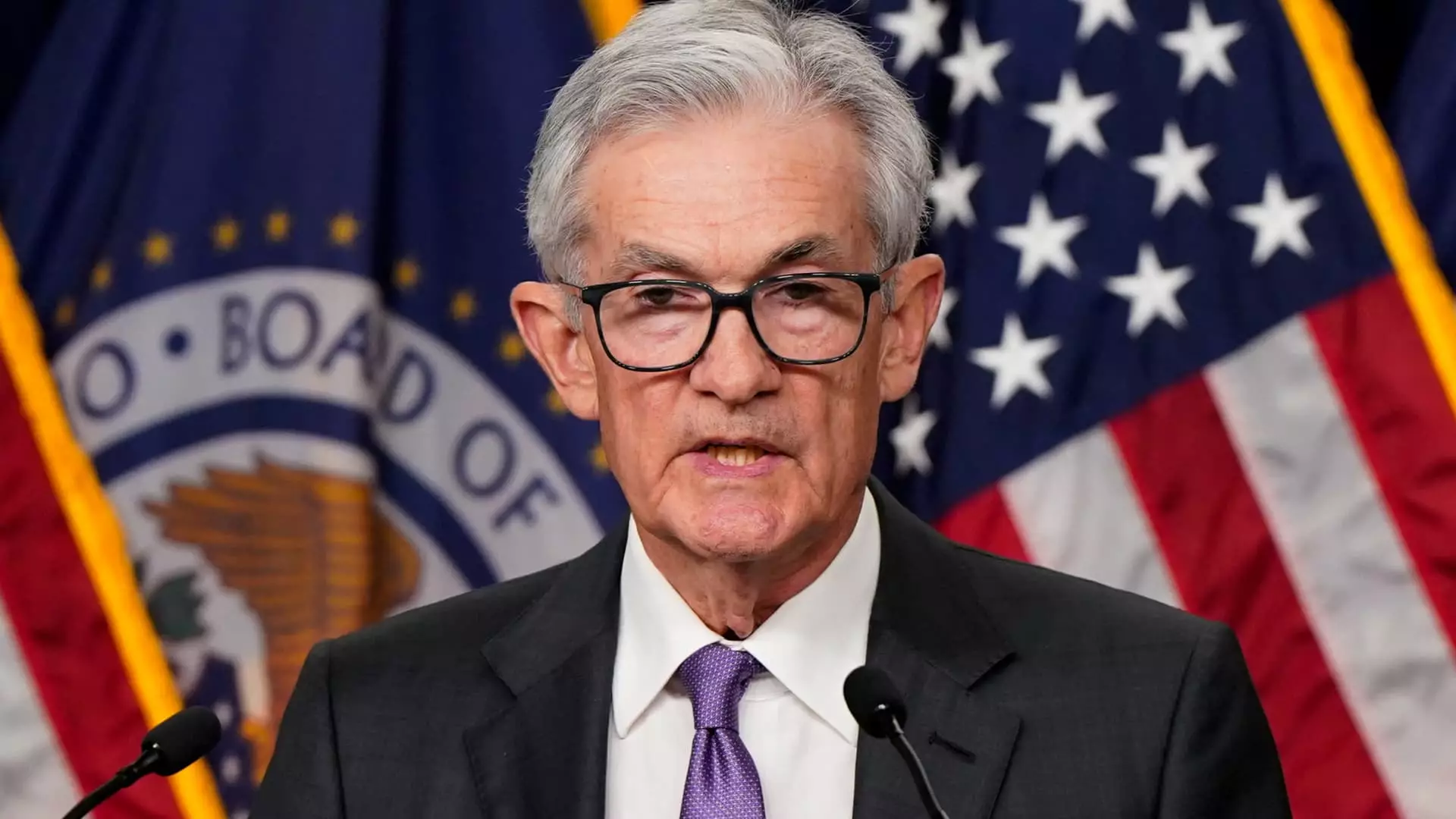On a pivotal day in Washington, the Federal Reserve made a significant announcement that sent ripples through financial markets: it enacted its first interest rate cut since the onset of the Covid-19 pandemic. By reducing the key benchmark rate by half a percentage point—marking a move to a range of 4.75%-5%—the Federal Open Market Committee (FOMC) aimed to address its growing concerns surrounding the labor market and underlying economic challenges. This decision, the most substantial since the emergency cuts in March 2020, is layered with implications that could reshape the economic landscape in the coming months and years.
The central bank’s action was broadly anticipated by market participants who had shifted their expectations in light of softened job reports and diminishing inflation rates. Interestingly, prior to this cut, the FOMC’s last reduction of such magnitude occurred back in 2008 during the global financial crisis. The current economic scenario, characterized by a fluctuating labor market and inflation dynamics, necessitated such a move to preempt any potential slowdown.
This decision comes at a time when official communications pointed to a deceleration in job gains and a slight increase in the unemployment rate. However, even with these warning signs, the rate remains comfortably low in a historical context. The FOMC’s shift toward lowering the interest rate underscores its intention to navigate a landscape where inflation is projected around 2.3%, and core inflation is anticipated at 2.6%. These adjustments reflect changing economic expectations and demonstrate the Fed’s attempt to manage the delicate balance between fostering job creation and maintaining stable prices.
Moreover, the FOMC’s “dot plot” revealed an expectation of additional cuts in the near future, suggesting that monetary easing could stay on the table if economic conditions do not improve. Despite some members expressing concerns—illustrated by Governor Michelle Bowman’s dissenting vote—the committee maintained a robust consensus on the broader strategy to support the economy.
The juxtaposition of a robust GDP, tracking a steady 3% growth, amid contracting inflation figures, adds further complexity to the Fed’s policy framework. Consumer spending, a critical driver for the economy, remains strong, yet hiring trends are signaling caution. The Fed’s careful positioning reflects a nuanced understanding that while some economic indicators remain healthy, others suggest a period of adjustment may be necessary.
Market reactions to the rate cut were immediate and pronounced. The Dow Jones Industrial Average experienced notable volatility, initially surging before stabilizing as investors reconsidered the implications of the announced measures. This showcases the intricate dance between investor sentiment and Fed policies, underscoring how even well-intentioned moves can lead to varied interpretations among market players.
Tom Porcelli, chief U.S. economist at PGIM Fixed Income, articulated the mixed sentiment surrounding the cuts. According to Porcelli, the Fed’s move is not indicative of an impending series of drastic cuts but rather reflects a finely-tuned recalibration of monetary policy in response to evolving economic conditions. This more tempered approach stands in contrast to the pre-emptive measures that characterized the rapid interest rate hikes over the preceding years amid surging inflation.
The Federal Reserve’s decision to cut interest rates sets an essential precedent for future monetary policy discourse. As the central bank’s credibility and influence reach beyond U.S. borders, other global central banks will likely take cues from America’s strategy. With several international counterparts already initiating rate cuts, the globe watches closely for signs of recovery stemming from the Fed’s actions.
Importantly, the Federal Reserve also noted its ongoing commitment to a program of “quantitative tightening,” gradually reducing its balance sheet amidst these rate cuts. This dual approach suggests a need to manage liquidity while addressing economic pressures—a delicate balance that poses additional risks. Policymakers express caution, aware that the lines between facilitating growth and stunting it through rising inflation are perilously thin.
The Federal Reserve’s strategic interest rate cut, having occurred against a backdrop of evolving economic indicators and market sentiments, offers a complex portrait of the current financial landscape. As Chair Jerome Powell and the committee navigate their dual mandate of fostering maximum employment while ensuring price stability, future decisions will require astute observation of ongoing trends and responsive policy adjustments. The thoughtful actions taken today set the tone for the unpredictable economic narrative that lies ahead.


Leave a Reply